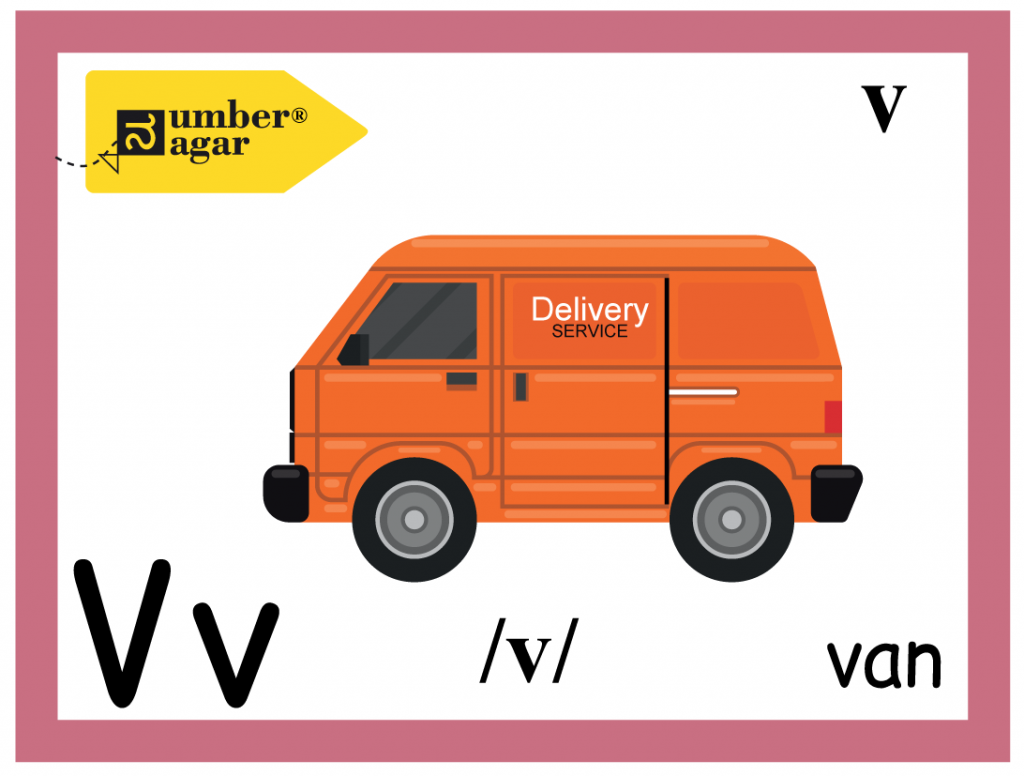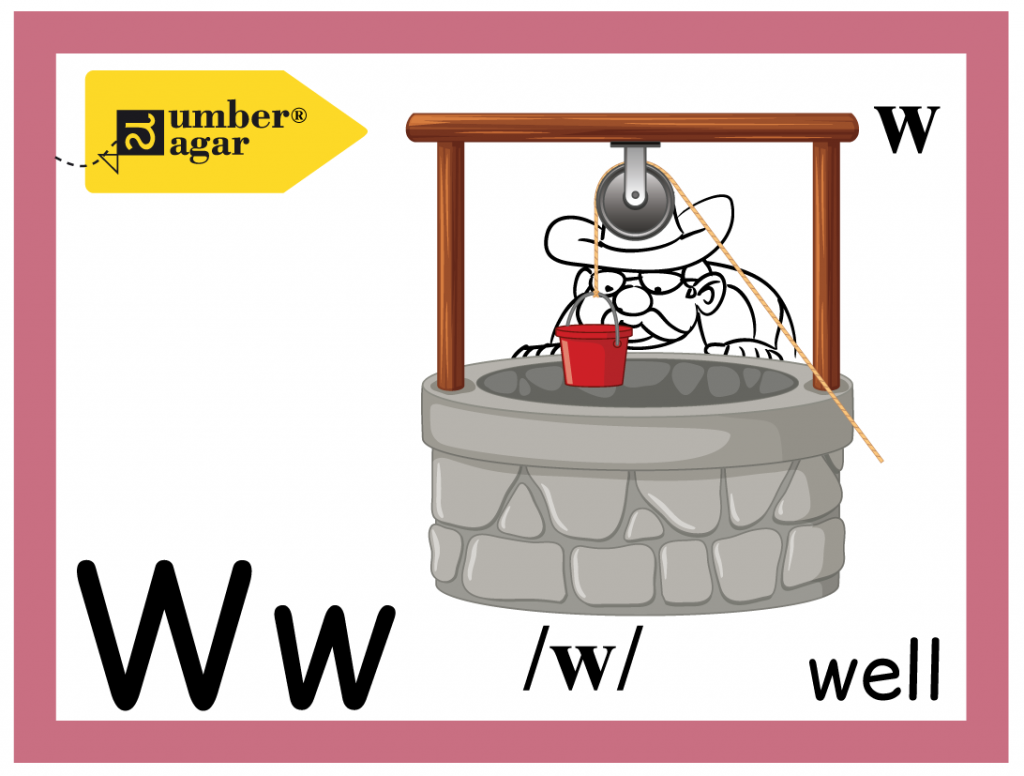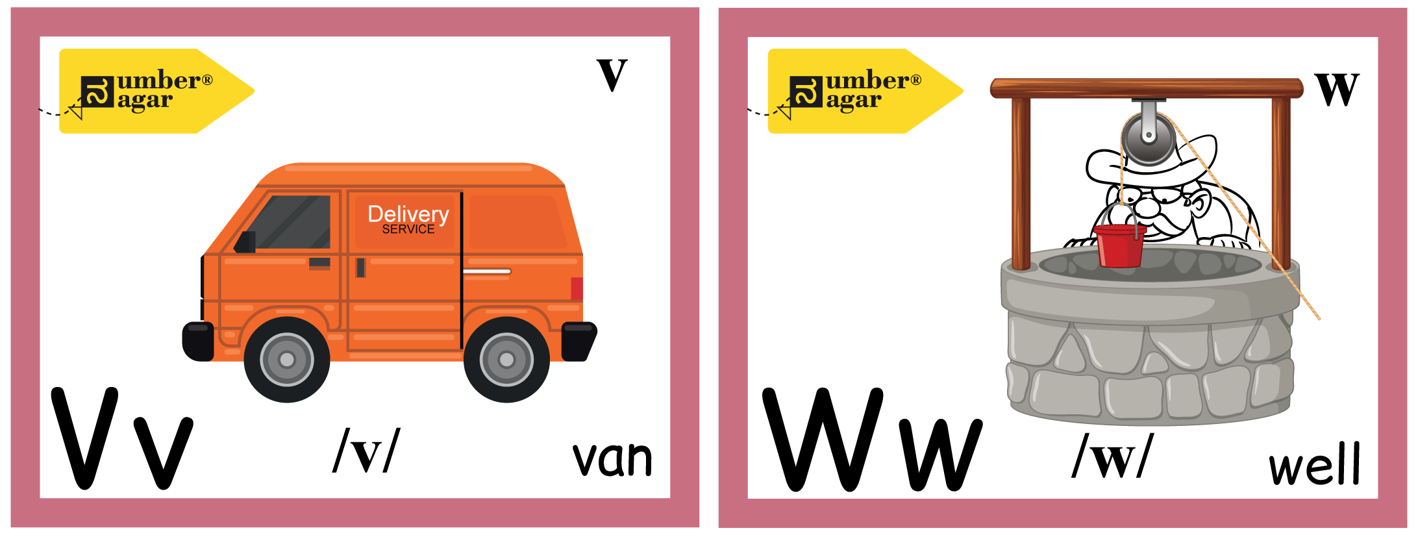Learning Phonics
Team NumberNagar® has been immersed in Phonics in the last few months. Now that our Phonics Kit has been steadily selling for more than a month, we are delighted that our fruits of labour have reached and impacted more children and parents.
As a continuation in the series of short articles on Phonics concepts, I explain here the confusing v and w sounds.
v or w?
I have learnt English since childhood and until my early 20s, I did not know the difference between v and w sounds. When I went to America for my higher education, I learned about this difference. I stored it as a useful bit of information. It was only when I started teaching English to students that I delved deep into this distinction. It is still not natural to me when I speak. I pay conscious attention to the pronunciation of v and w words to make the difference evident.
A handy thumb-rule to distinguish the pronunciation is – ‘bite your v’s, kiss your w’s’. I use this as a note to myself and when I teach my students.
Listen to this audio clip for a brief explanation of the v and w sounds.
Let us practise
Let us look at some examples.


Look at the following pairs of words. Practise your pronunciation using these words.
vet | wet
vest | west
viper | wiper
verse | worse
vile | while
veil | whale
vein | wane
There are myriad resources available on the internet to understand and learn the pronunciation of v and w. Some of them are listed below. These are for your exploration.
https://www.teachingenglish.org.uk/article/phonemic-chart
Signing off
Please note that the ‘w’ sound is non-existent in Indian languages. The letter ‘va’ (ವ, व, வ, వ, વ, ਵ, ব) in Indian languages is equivalent to the letter ‘v’ in English. Because of this native language influence, the majority of the Indian population uses the ‘v’ sound for both ‘v’ and ‘w’ words in English.
Clarity and Connectivity are integral parts of our 5C™ methodology. And clarity can be gained in many ways. One of the most powerful ways to gain clarity of a concept is connecting it with prior knowledge. I have found that mapping English words to Kannada (my native language) letters and sounds helps me a lot in decoding the pronunciation. It also helps me identify the gaps – sounds in English that are absent in Kannada and vice versa. Give this method a try.
Hope you found this small snippet into Phonics interesting. Do share your thoughts and experience with v and w.
Have you placed your order of the NumberNagar® Phonics Kit yet? Go ahead and do it now. Give your child and yourself the gift of a meaningful learning experience.
Dr. Soumya Sreehari
Latest posts by Dr. Soumya Sreehari (see all)
- To drink water or not to drink – that is the question - 11 June 2021
- Puzzles for fun and learning - 28 May 2021
- A questioning mind is a thinking mind - 14 May 2021
- Play and learn having fun with words - 7 May 2021
- 4 lessons to learn from the Montessori method - 30 April 2021

